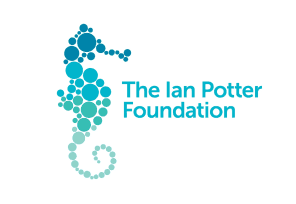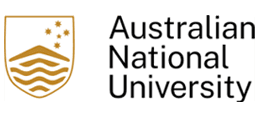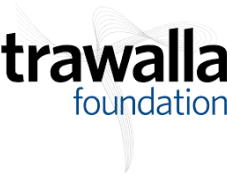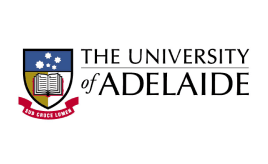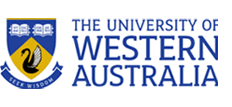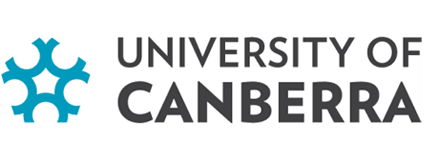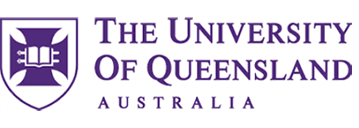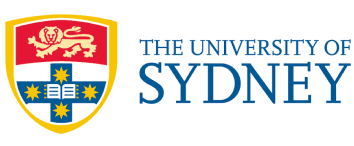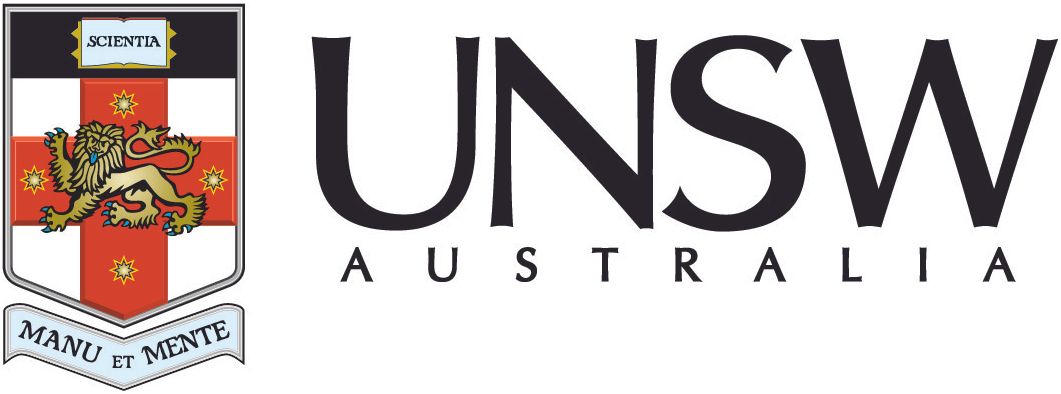
Heard Island from a boat facing southwest. Image: Tristannew CC BY-SA 4.0 / Wikimedia commons
Submission to Heard Island and McDonald Islands Marine Reserve proposed proclamation and proposal to prepare a draft management plan
Submission
10 October 2024
To protect the outstanding biodiversity values of Heard Island and McDonald Island and the surrounding marine ecosystems, a 65,000 km reserve was declared in 2002 which was expanded to 71,200 km in 2014. The entire reserve is zoned IUCN Ia, which is the category that provides the highest level of protection by limiting the types of activities allowed in the area.
The proposed proclamation would quadruple the size of the current marine reserve to cover 378,715km, 91% of the EEZ. However, the added areas will be given lower levels of protection than the existing marine reserve. It is proposed that 138,650 km will be zoned IUCN II and 169,500 km will be zoned IUCN IV. Areas zoned IUCN II and IUCN IV allow more activities than areas zoned IUCN Ia. The existing 71,200 km reserve will remain zoned as IUCN Ia, with no additional areas to be added to this zone.
In the areas designated as IUCN II and IUCN IV, it is proposed that commercial shipping will be allowed which is not allowed in the IUCN Ia (the current reserve). Commercial fishing using longline, trap, pot will be allowed in areas designated IUCN IV, which would not be allowed in areas zoned IUCN Ia (the current reserve) or areas zoned IUCN II.
We have four key concerns:
- Bottom trawling is still permitted outside the reserve
- Key conservation assets are not sufficiently protected
- There is insufficient information about monitoring
- Are the protected areas representative?
Please see the submission for full details.
Key conservation areas around Heard Island and McDonald Islands where gaps in protection exist. Source: The Pew Charitable Trusts (Australia).


